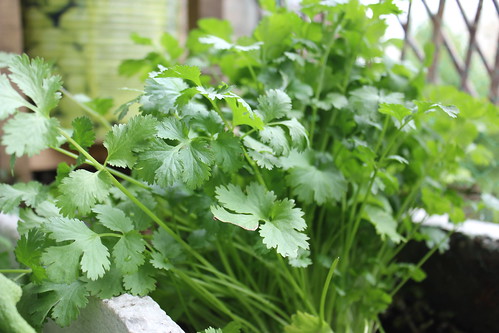| Braeburn apples |
Earlier in the year, as gales threatened the prolific blossom on the fruit trees, I wondered whether the small numbers of bees would have had enough time to pollinate the blossom before it blew away.
Last year an early unseasonably warm spell followed by extended bad weather put paid to any fruit forming on the trees. But this year I had optimistically hoped for a reasonable fruit harvest.
My fruit trees are now 4 or 5 years old and it can take several years for plums and pears to start cropping. The Braeburn apple trees gave us a small handful of fruit a couple of years ago (but nothing last year) and the Morello cherry trees seem to have fruited well but, who knows, most of the fruit falls or, I suspect, is eaten by birds. The pear and plum trees have never yielded a single fruit ... so far.
Last weekend, I was very excited to notice the signs of fruit to come. Raspberries, tons of strawberries (all the plants seem to be incredibly healthy this year), redcurrants, cherries, apples - but it looks like the plums and pears didn't make it ...
And to munch on in the meantime, a hedgerow snack of the seedpods of a rather beautiful Sweet Cicely plant. (If you like the taste of aniseed.)
Do you remember the lemon tree that I brought in from the cold 18 months ago? It continues to live behind glass on the stairwell outside my flat and has recently produced several flowers which are slowly becoming tiny lemons. A novelty, I'm sure, but still lovely to see!
I've also added a Chilean Guava (Ugni molinae) earlier this year. It's growing in a pot so that it doesn't get overwhelmingly large - in due course these plants can reach 2 metres high in the right conditions. It fruits in the winter so that's another one to look forward to, possibly next year, hopefully this one.
Lastly, I've just planted out a Chinese Gooseberry (Physalis), grown from seed in a pot where it lived on my balcony last year. It has the most wonderfully soft, velvety leaves that I loved to stroke (!) so I'll miss it now that it's downstairs. It didn't fruit so it's now gone outside where its roots can stretch out for nutrients and feed the plant to provide some flowers and then fruit. It's perennial so hopefully won't grow too large! (and I can always grow another touchy-feely one for my balcony!)
I've just realised that it's the end of the month - June! gone already!! - so I'll post twice today and try to get an end of month view up.











